Hello there, welcome to another issue of Morning Coffee.
First of all, I think it’s important to acknowledge it’s been a while since the last issue. This has been so due to some recent events in my personal life: two weeks ago I broke up with my girlfriend of four years, after a long and difficult few months of struggles. It’s always sad when a personal relationship fails, especially one with so many great memories attached, but it had become increasingly clear to me that neither of us were getting what we needed out of the relationship, and so there was only one way forward.
Ours has been an amicable split, but it still takes some getting used to. As you would imagine, my past couple of weeks have been spent on the most tedious of human affairs: moving out of our shared apartment and taking care of every bit of bureaucracy that goes with it. It’s a soul-destroying process, and one I can’t be done with soon enough. Thankfully, I’m almost finished by now, so here we are, back to writing. I’ve missed this.
I’m not one to dwell on the past, and I strongly believe the best way to deal with these things is to focus on what lies ahead, not what’s left behind. With that in mind, let’s pick things up where we left off, shall we?
Today I’d like to tell you a bit about the Easter holiday tradition in Spain: the Holy Week.
Issue #37: Semana Santa
The Holy Week, known as Semana Santa in Spain, is the last week of Lent, the week immediately before Easter Sunday. Every day of the week there are penance processions in many Spanish cities, involving millions of people in this deeply religious tradition. Going back to the Middle Age, these processions commemorate the Passion of Jesus Christ.
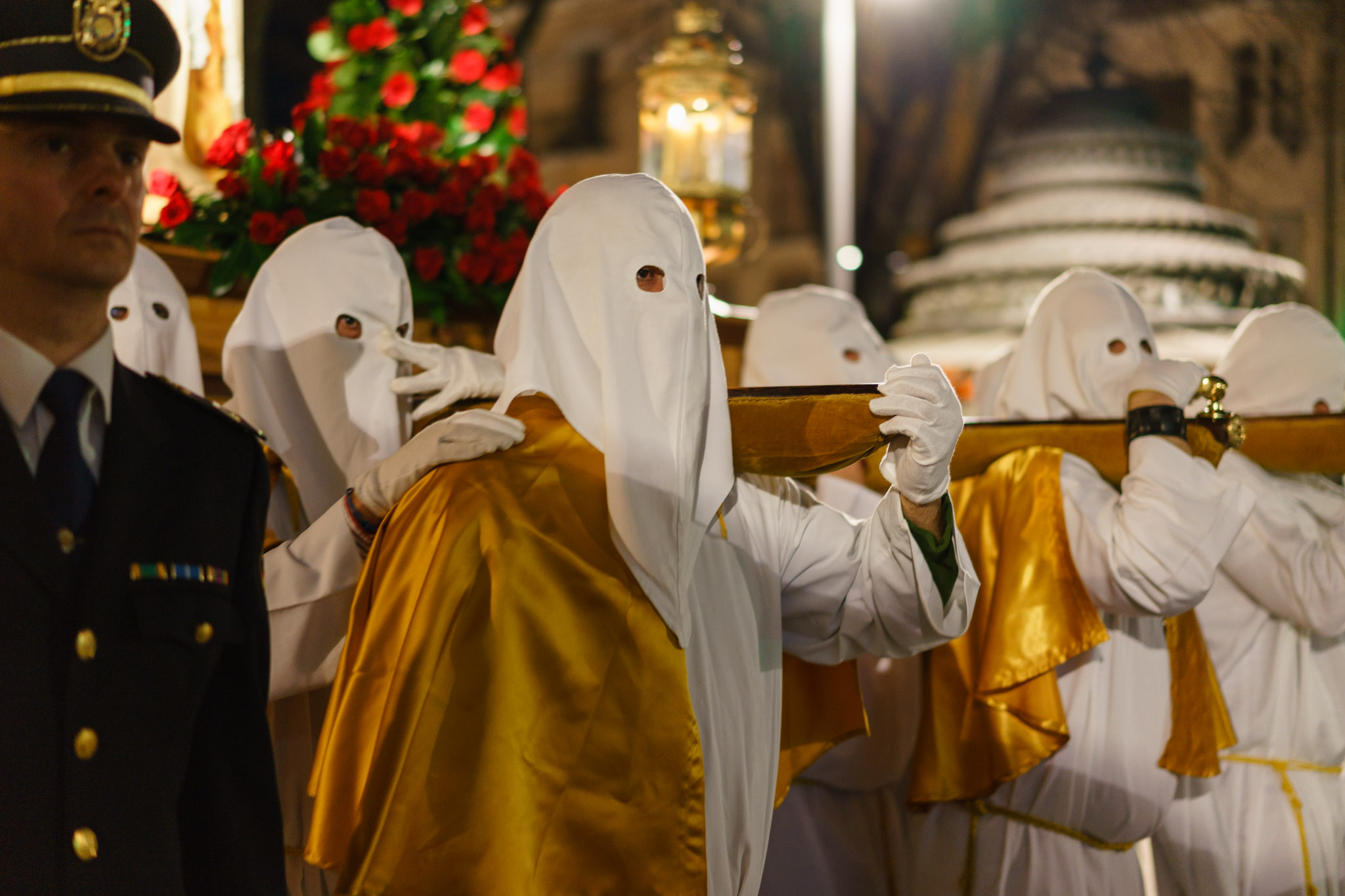

The processions are organized by several brotherhoods, each of which is devoted to a particular moment of the Passion as described in the gospels. The main features of the processions are pasos, which are floats with incredibly detailed sculptures depicting these scenes. They are carried by the members of each brotherhood.
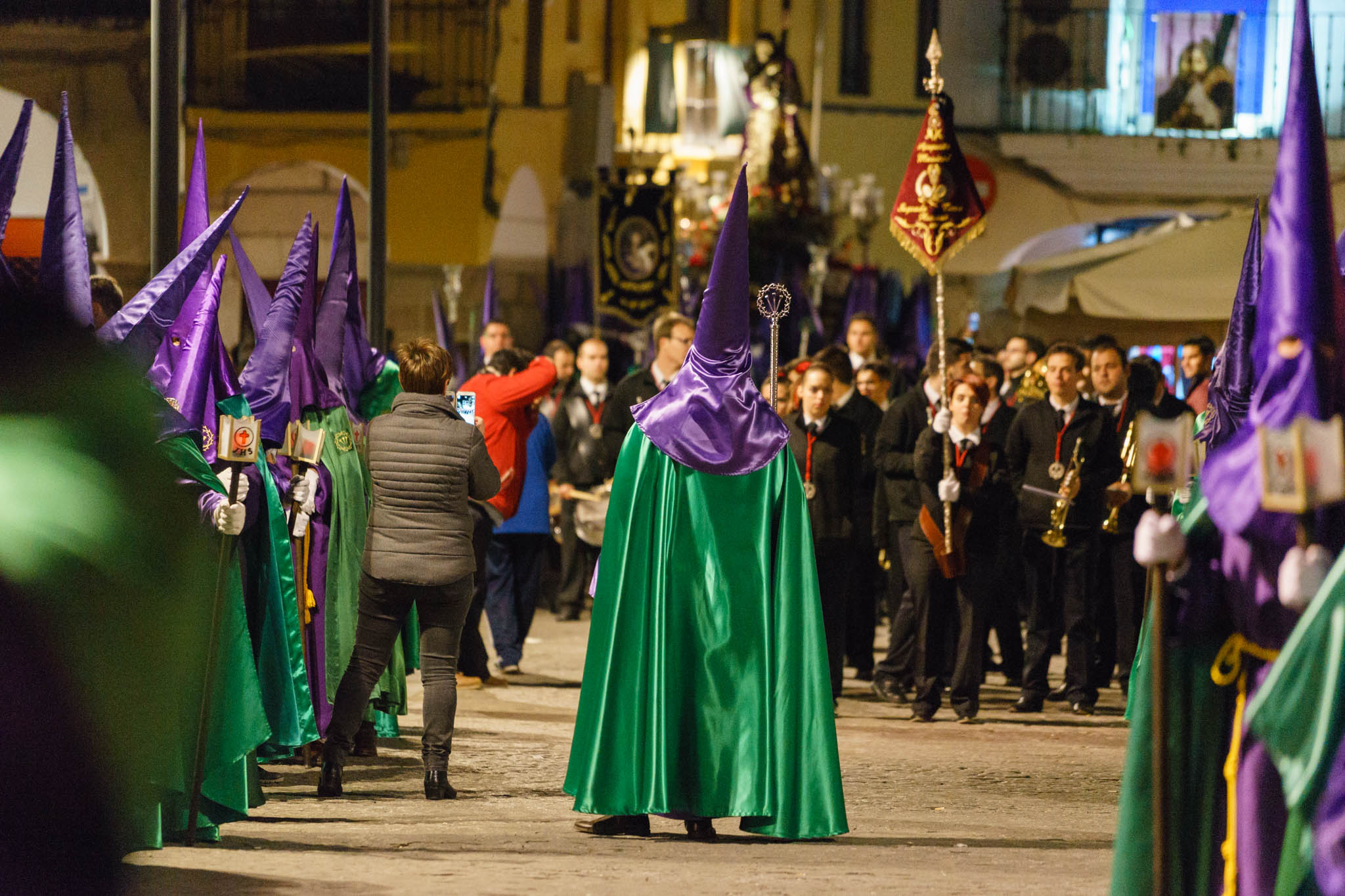
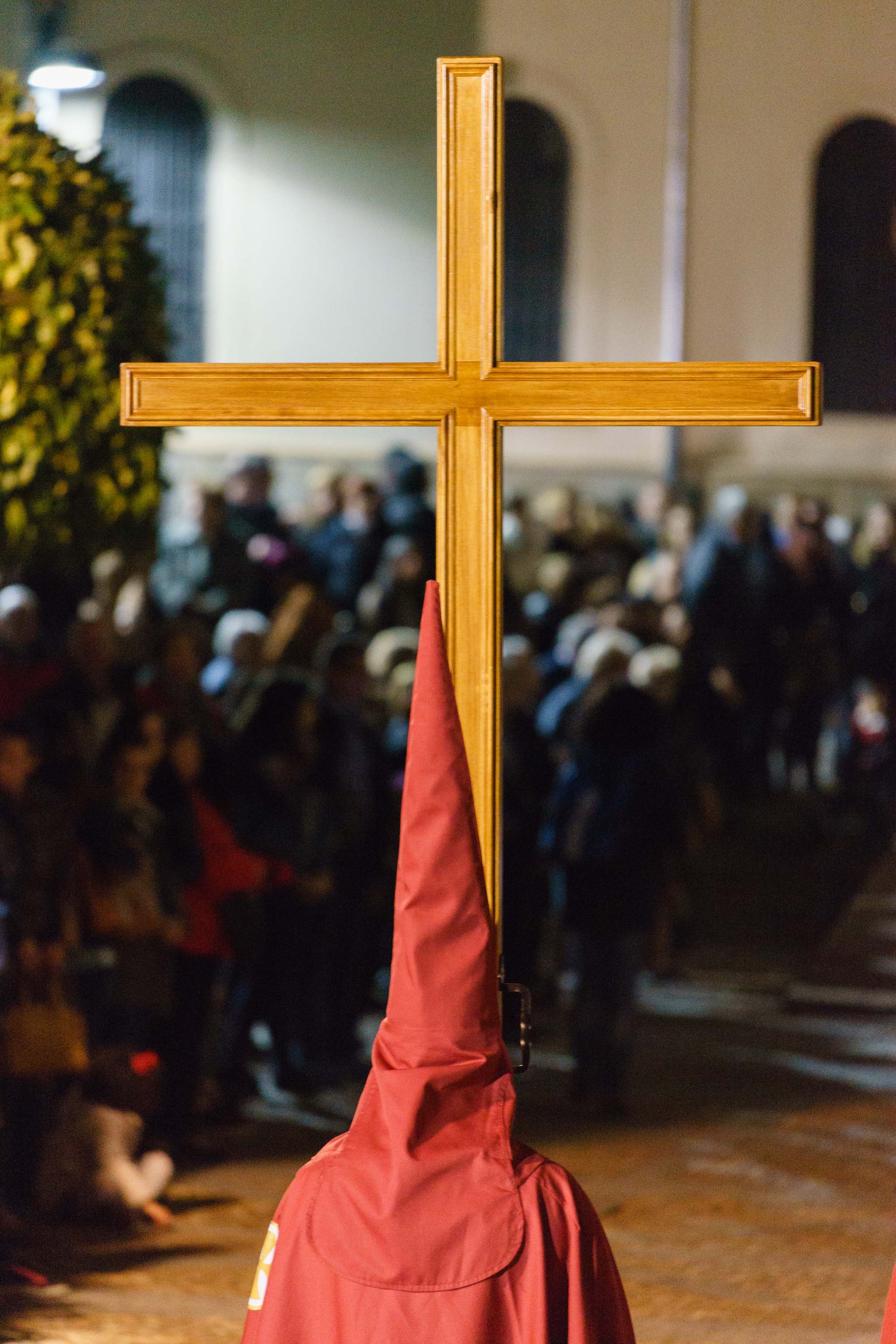
The common attire worn during the processions is the nazareno, a penitential robe which includes a tunic, a hood with conical tip — known as capirote — that covers the person’s face, and a cloak. The emphasis on anonymity is the main characteristic of the nazareno, and indeed the Holy Week as a whole. It is supposed to offer a chance for sinners to repent and atone without being publicly shamed.
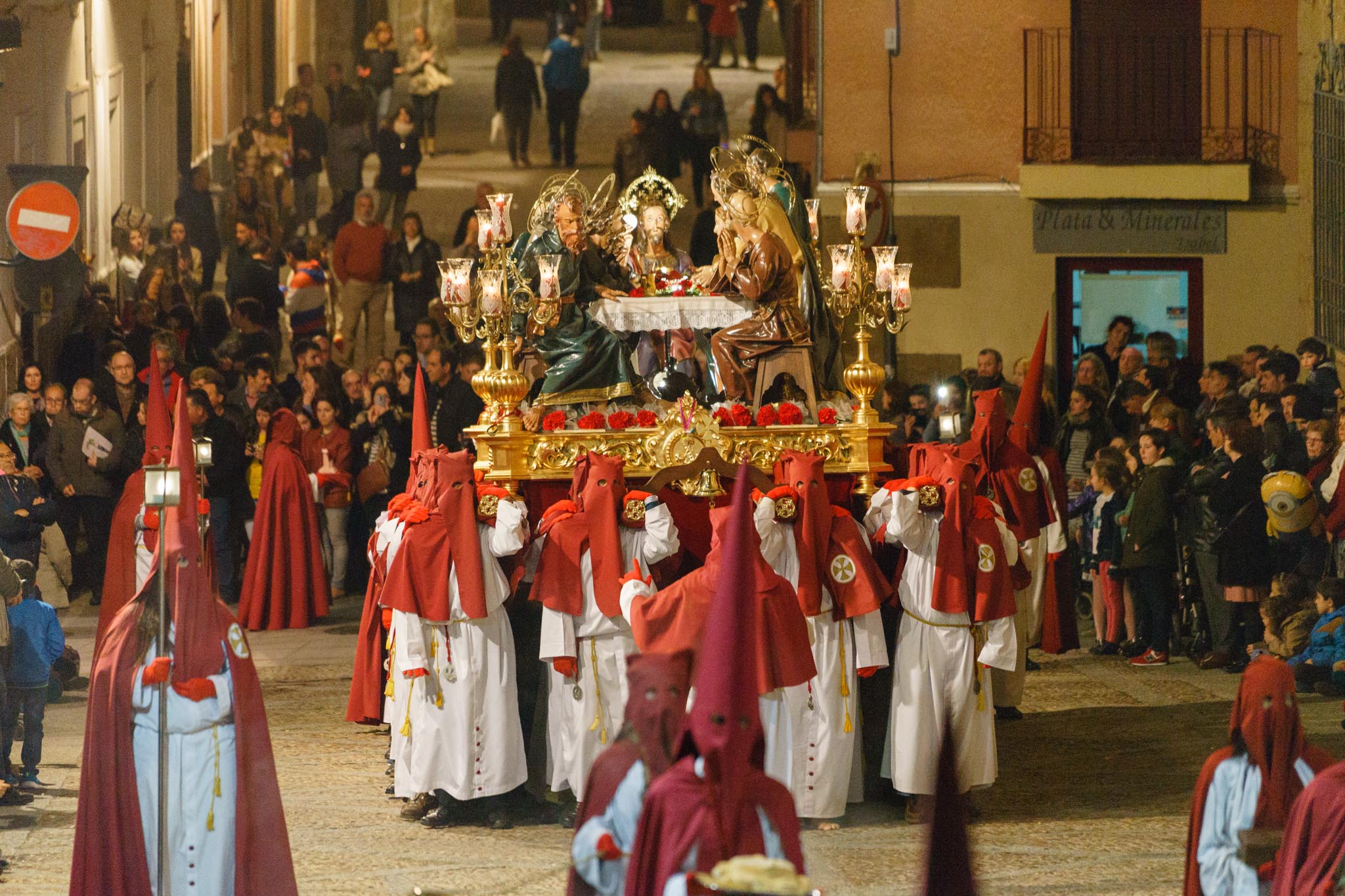
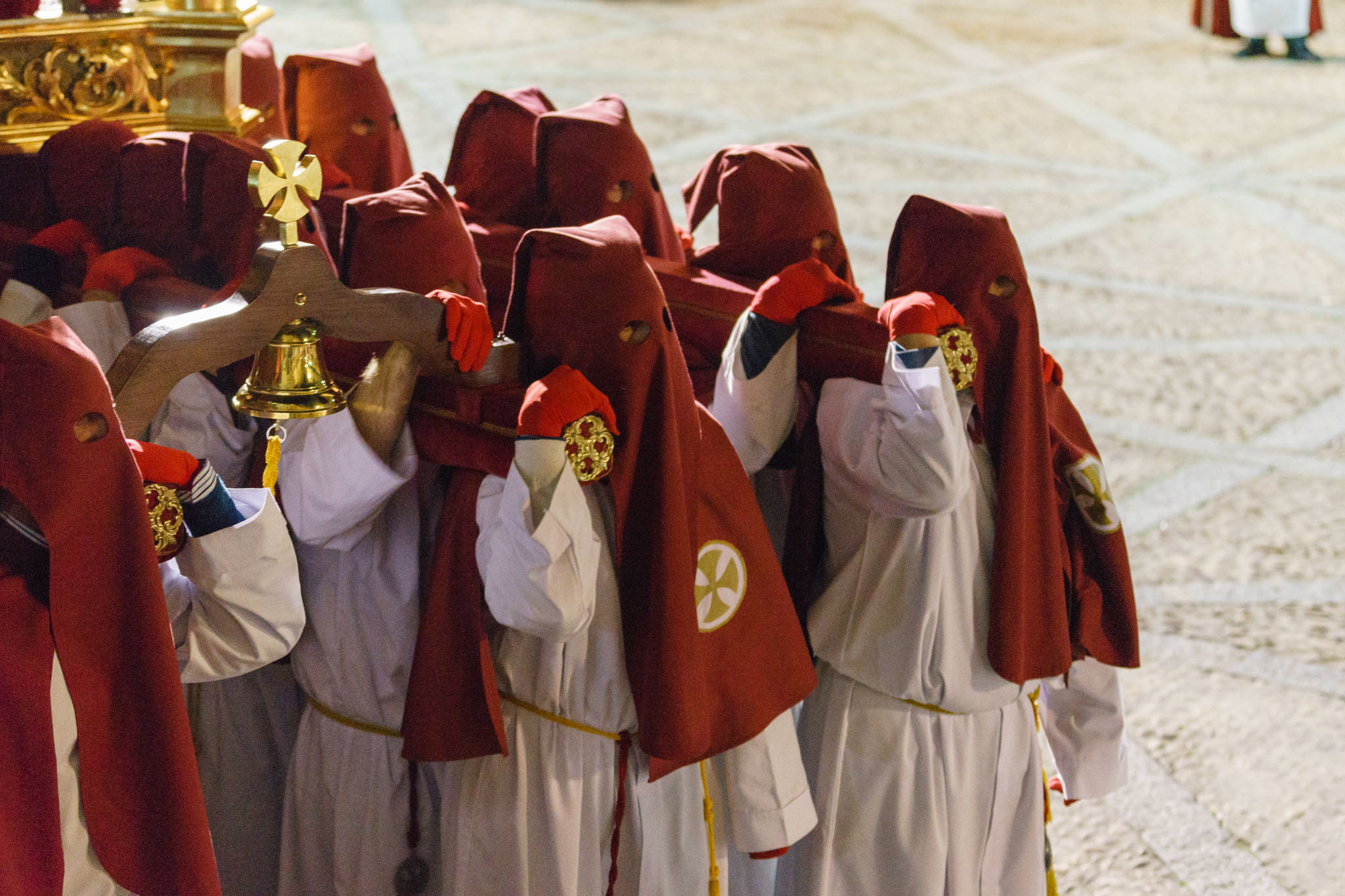
There are also other roles in the procession which are performed by people wearing different types of attire, but explaining all of that would be too complicated, and outside of the scope of this piece.
I’m not so much interested in describing the particulars of the holiday, as I am in explaining why it’s so important for so many people in Spain.
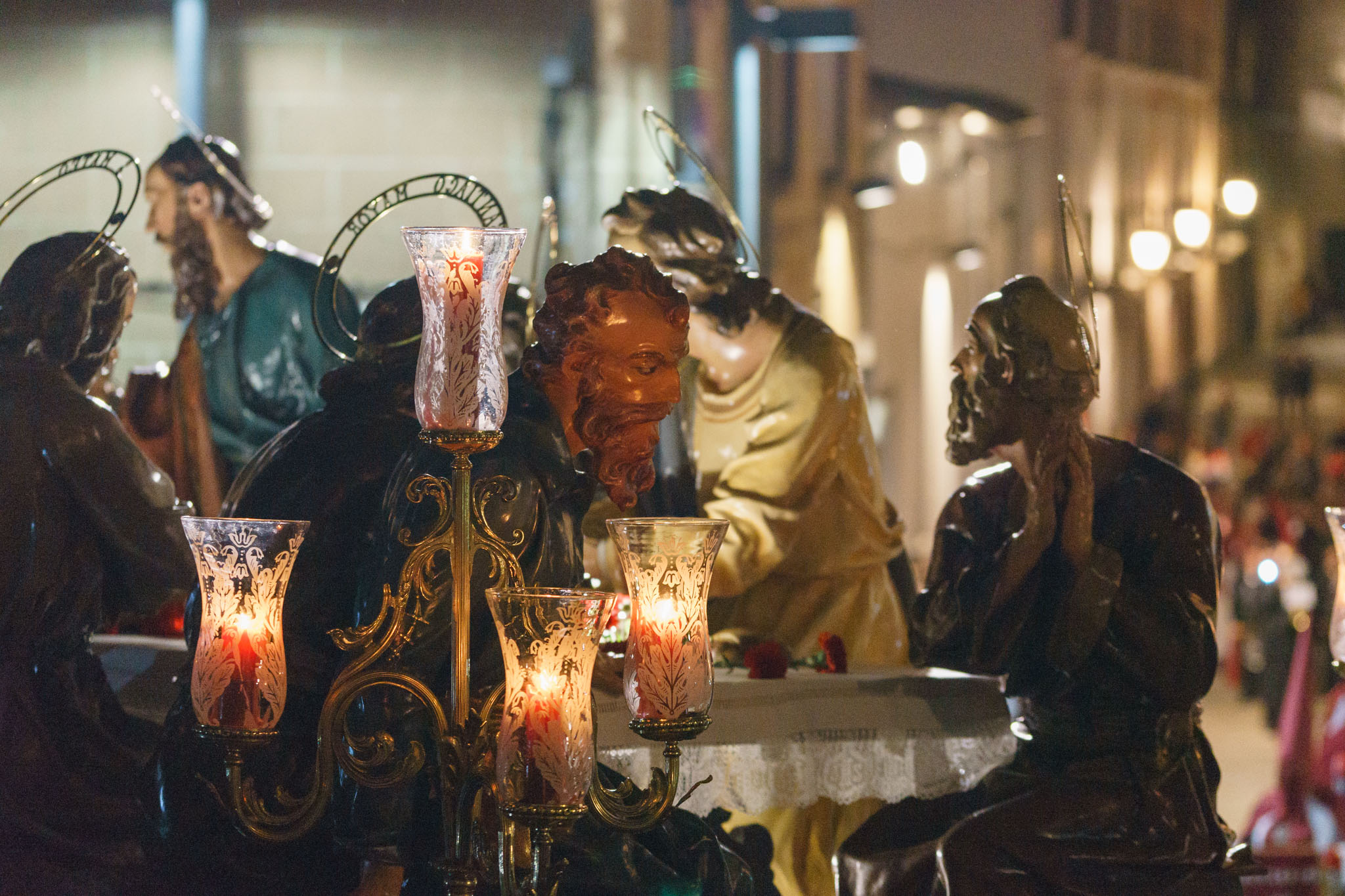
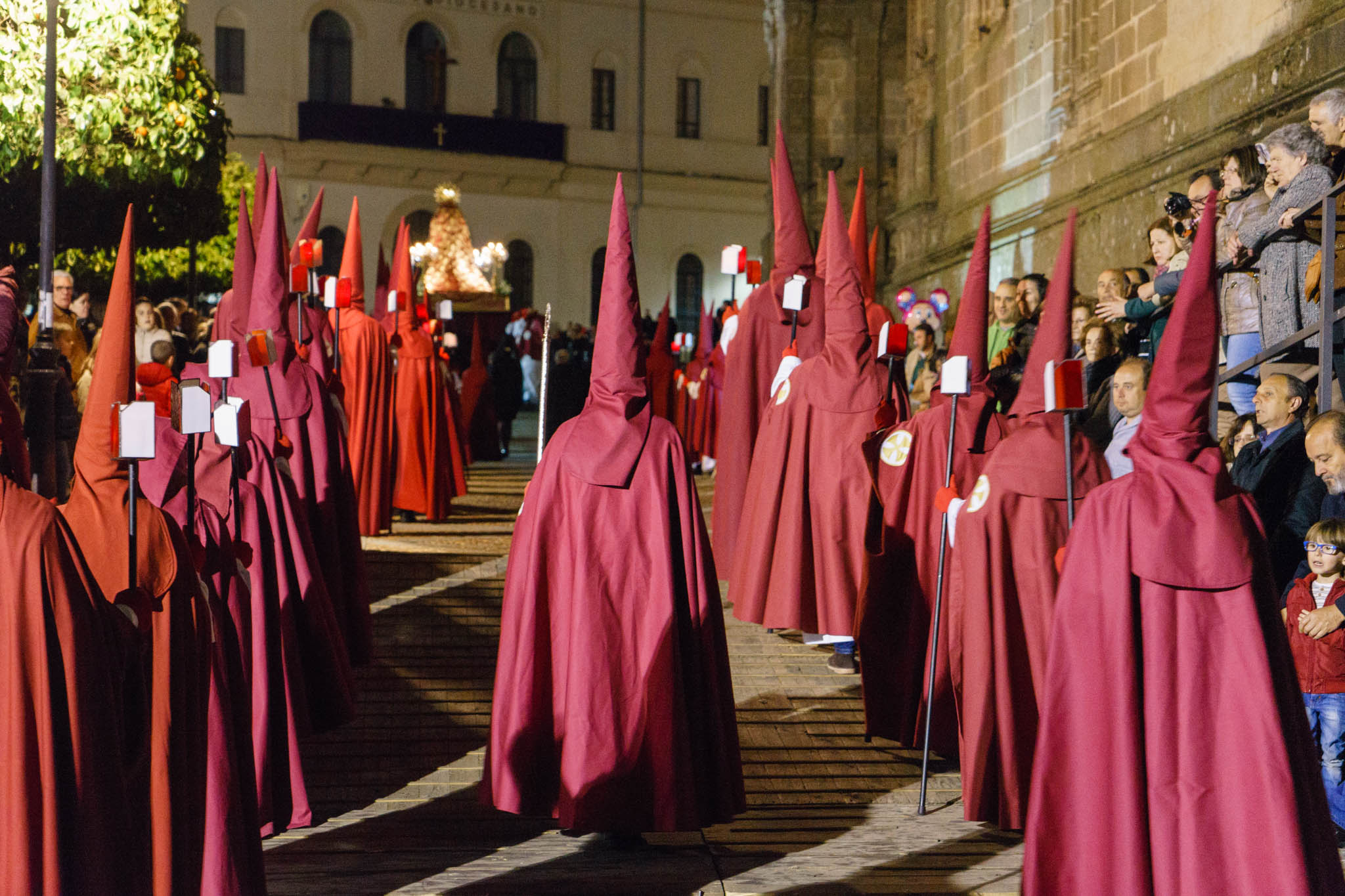
The Holy Week is perhaps the one week of the year when religious fervor runs rampant in Spain. Some people even participate in the processions barefoot, as a sign of further penitence. These passionate believers, however, are only a small minority among those who participate in the Holy Week. Even people who don’t consider themselves religious participate, too, in many cases going as far as to carry the pasos themselves in the processions.
But why would non-religious people get involved in such a markedly Christian holiday?
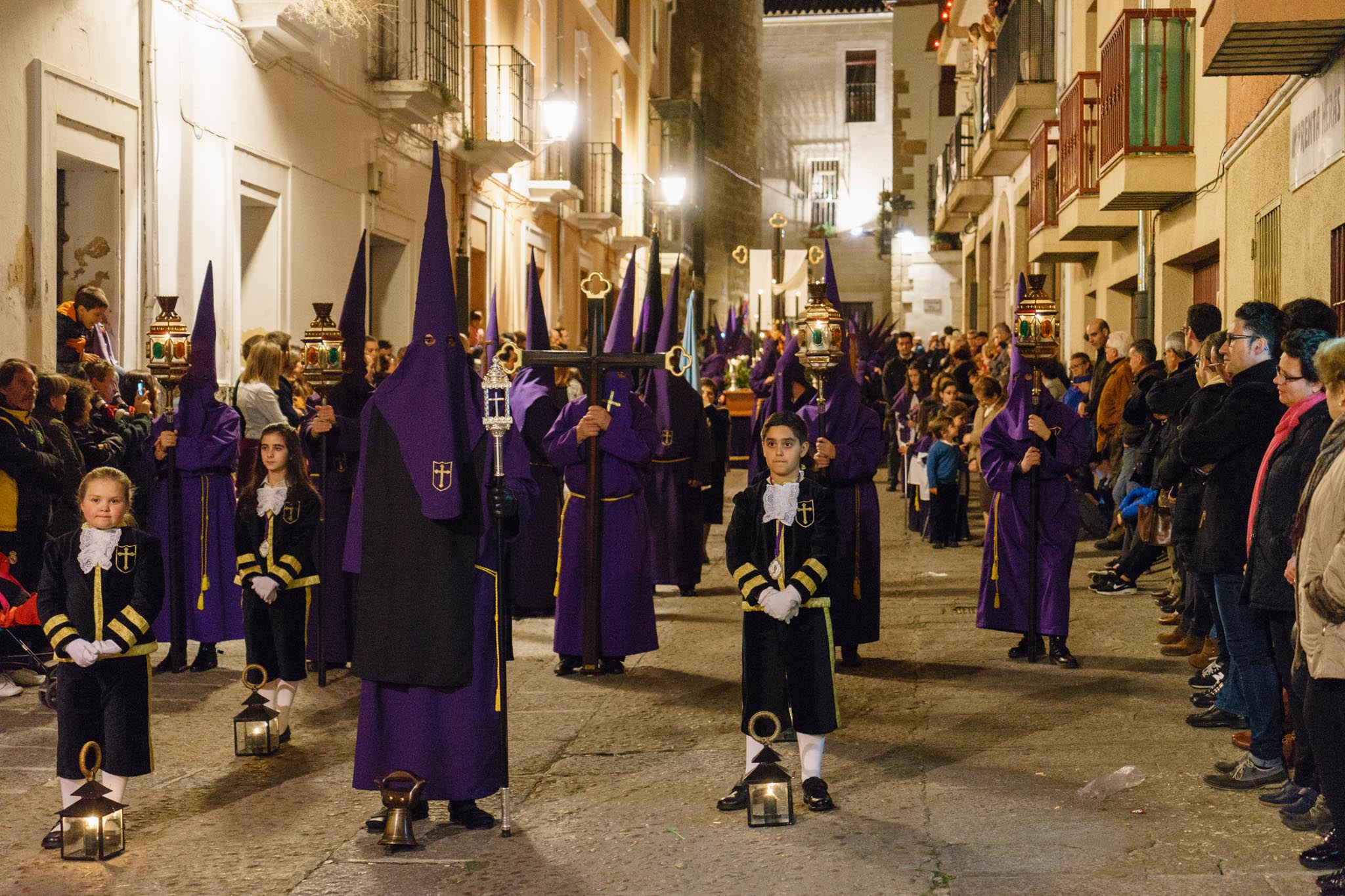
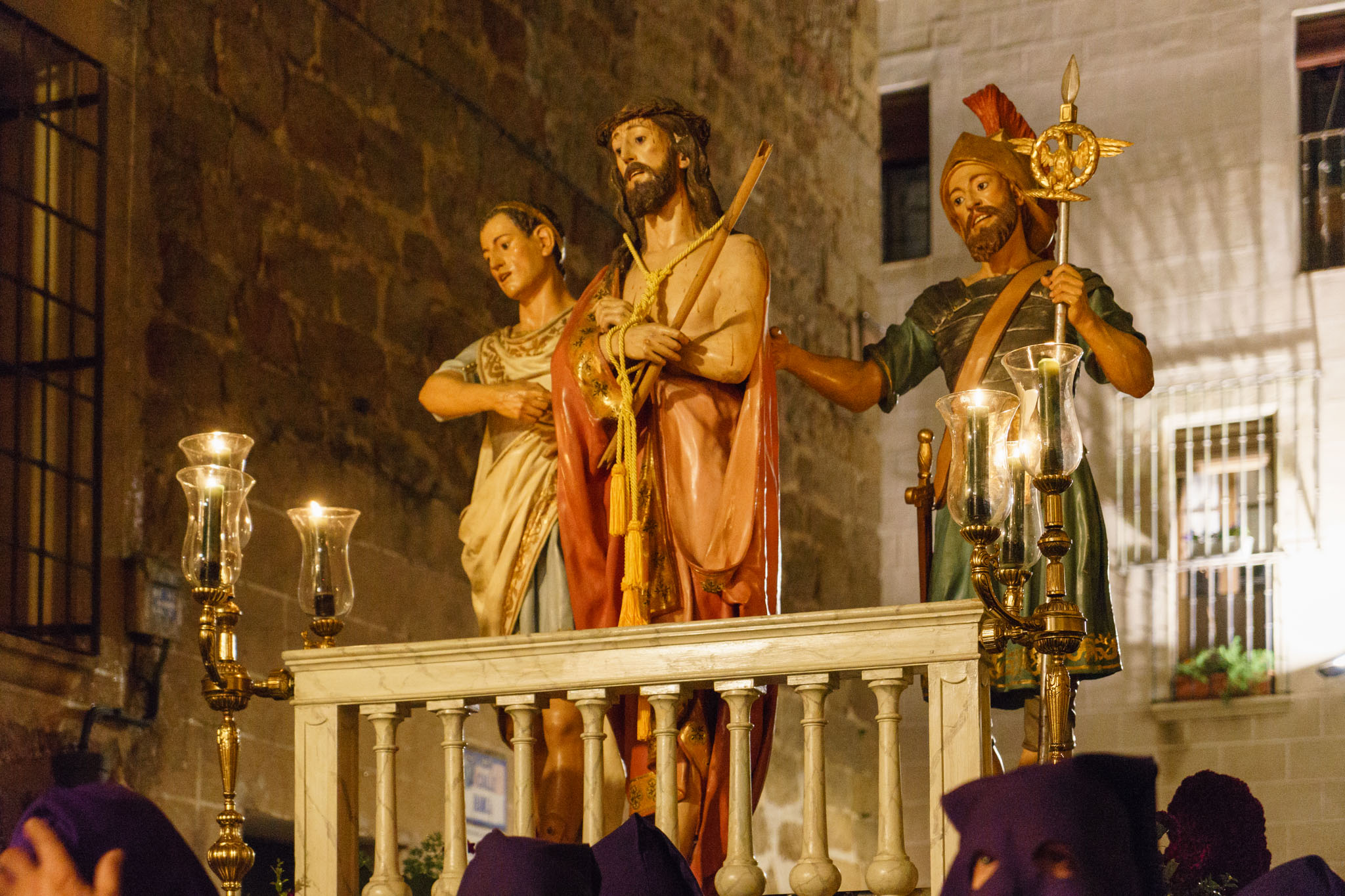
Spain is currently a non-denominational state, meaning there’s no official religion in the country. That said, Spain has been historically linked to Catholicism more than any other religion, and there are still many people who are adamant in their faith. That has little to do with why the Holy Week is so popular, though.
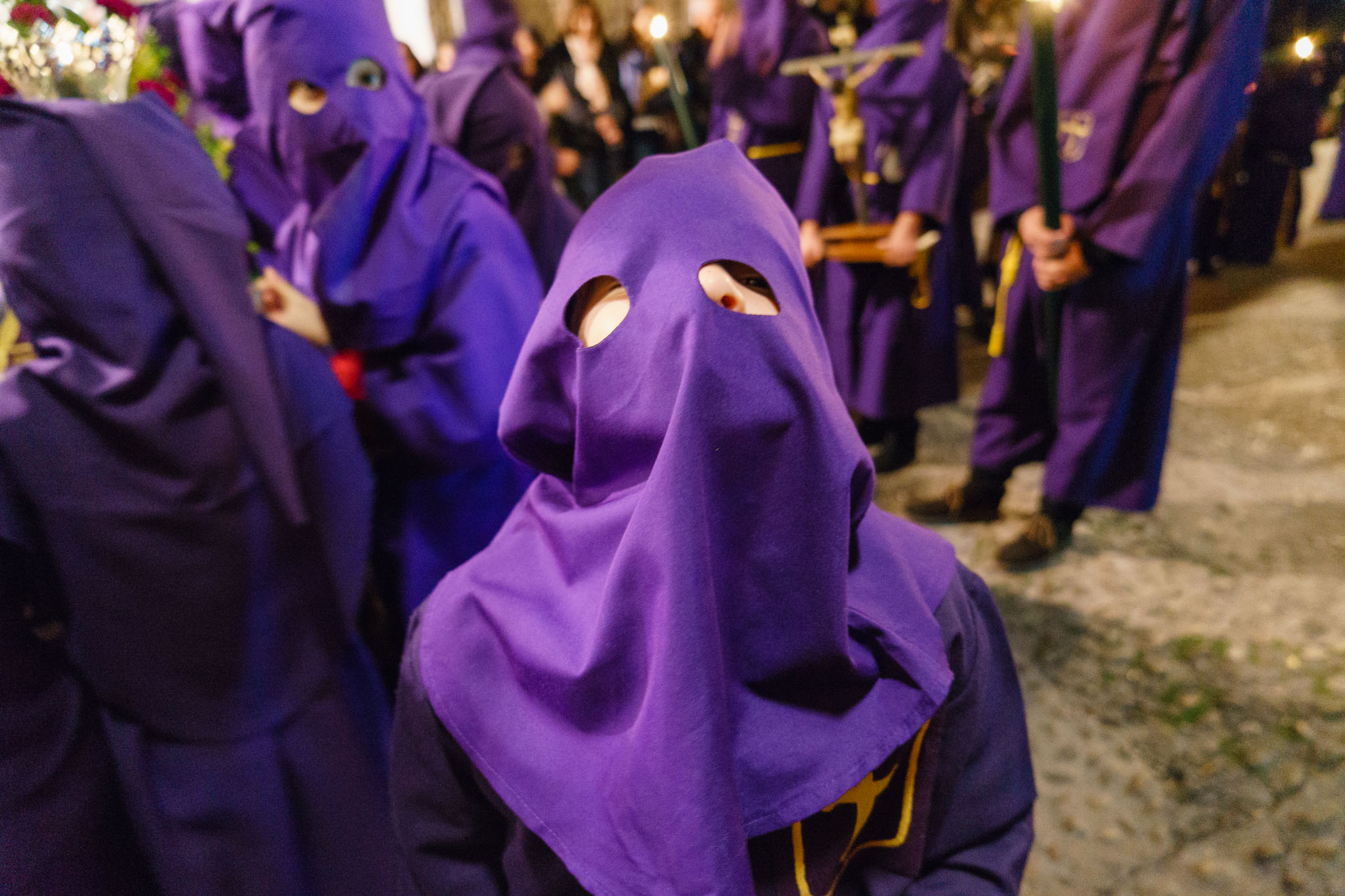
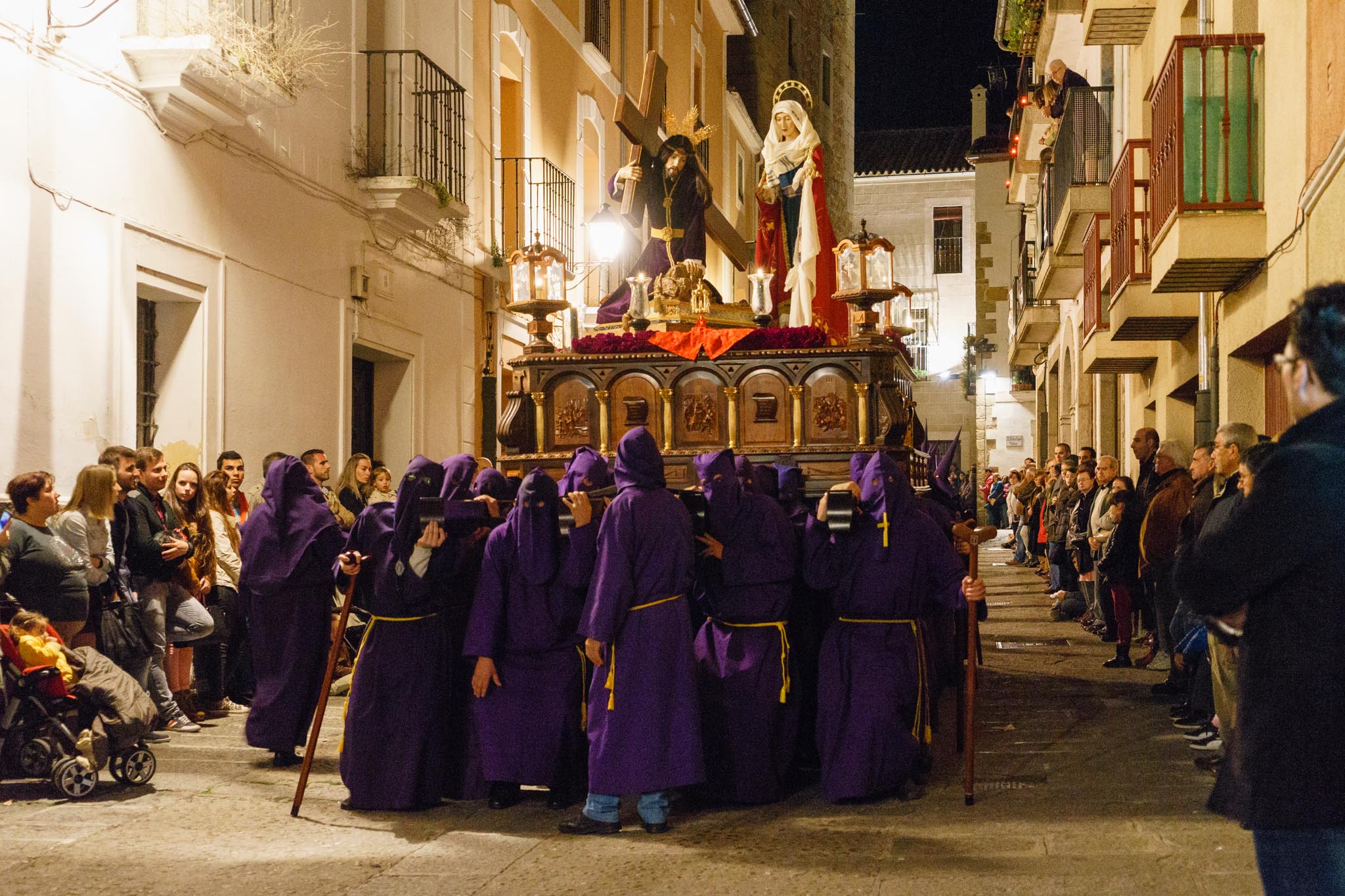
Due to the many historic ties with Catholicism, numerous families in Spain have been educated in the Christian faith for several generations. This has created a strong tradition that is often carried on by the younger generations during the Holy Week, even if they don’t particularly identify with the spiritual aspect of it.
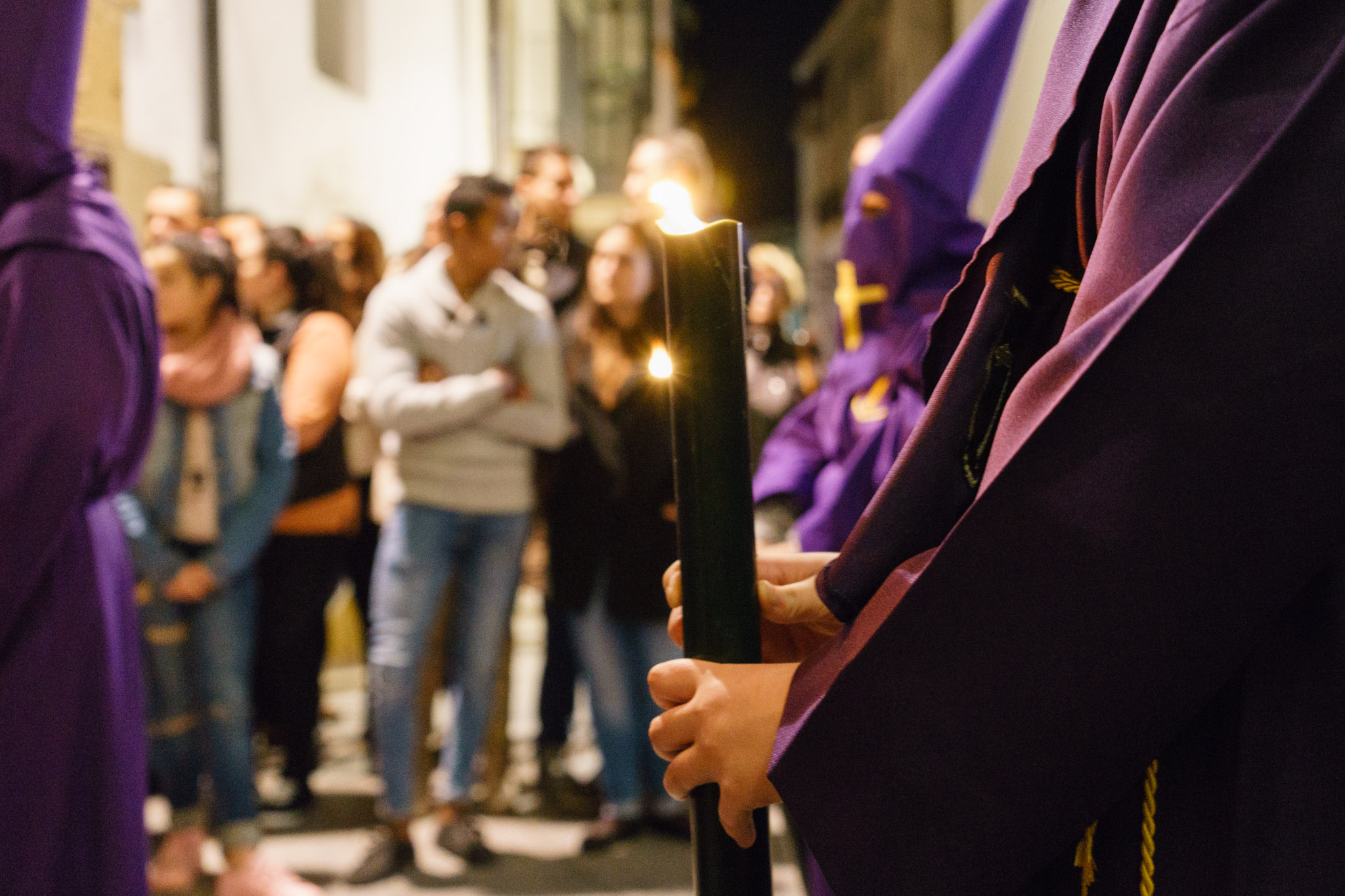
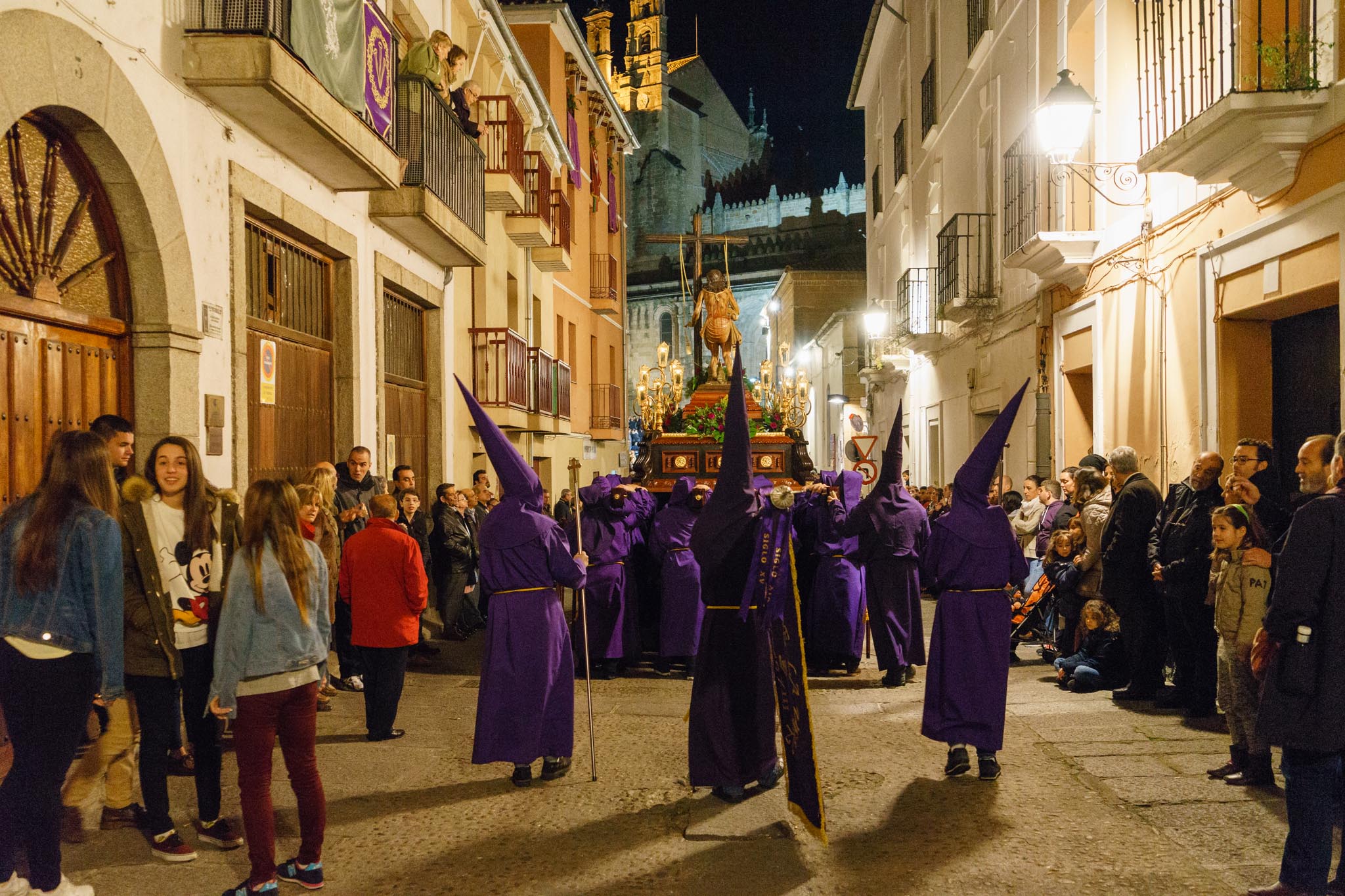
This has been the case in my own family, at least, with both my brother and I participating in the processions for many years, despite the fact that neither of us are Catholics — or even religious, for that matter. In fact, I can’t even remember the first time I participated, but I couldn’t have been more than four or five years old. This year, my 4-year-old niece is participating in her first procession, and she’s far from being the only kid there. You clearly can’t have an understanding of what religion is at so young an age.
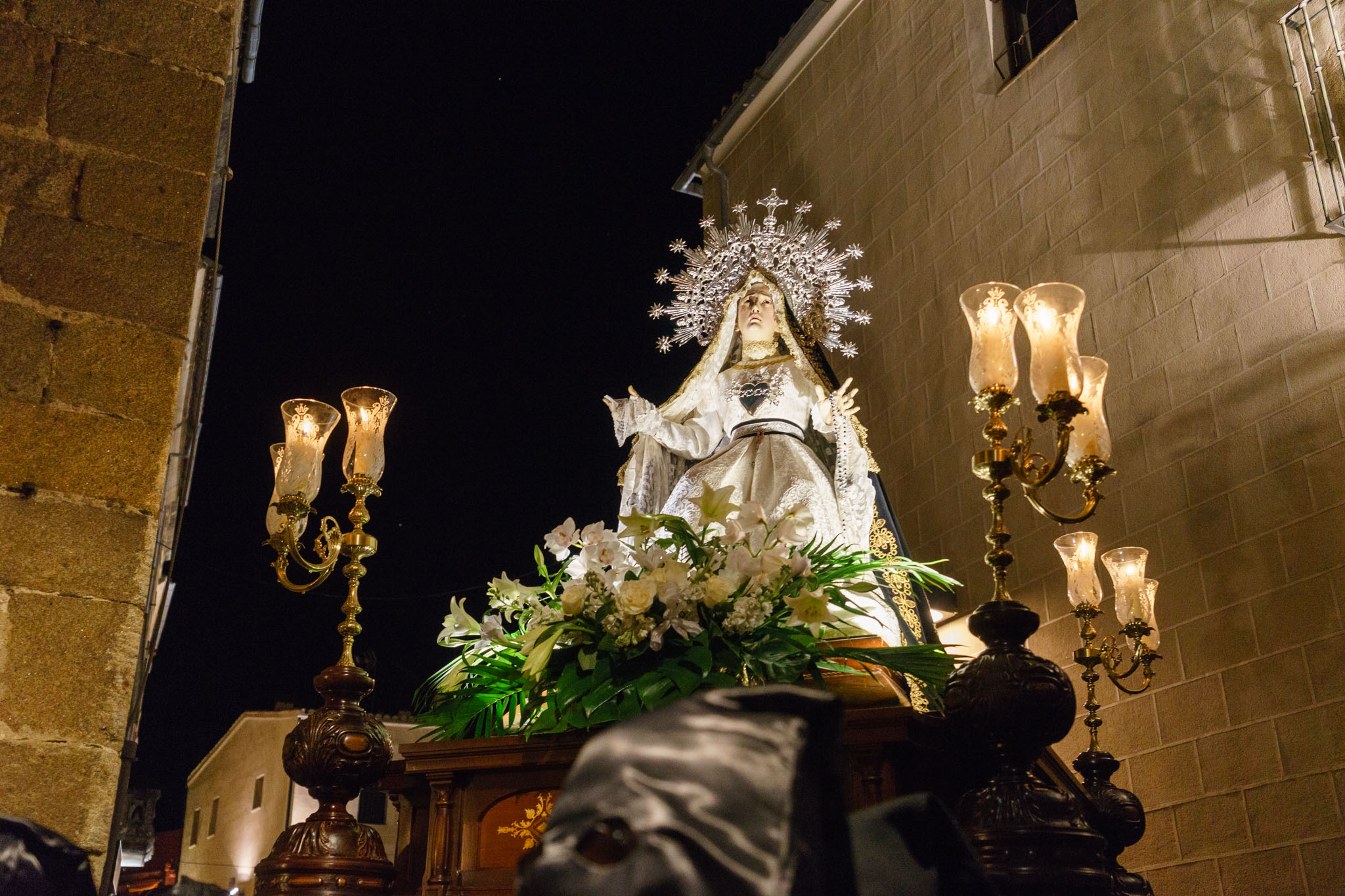
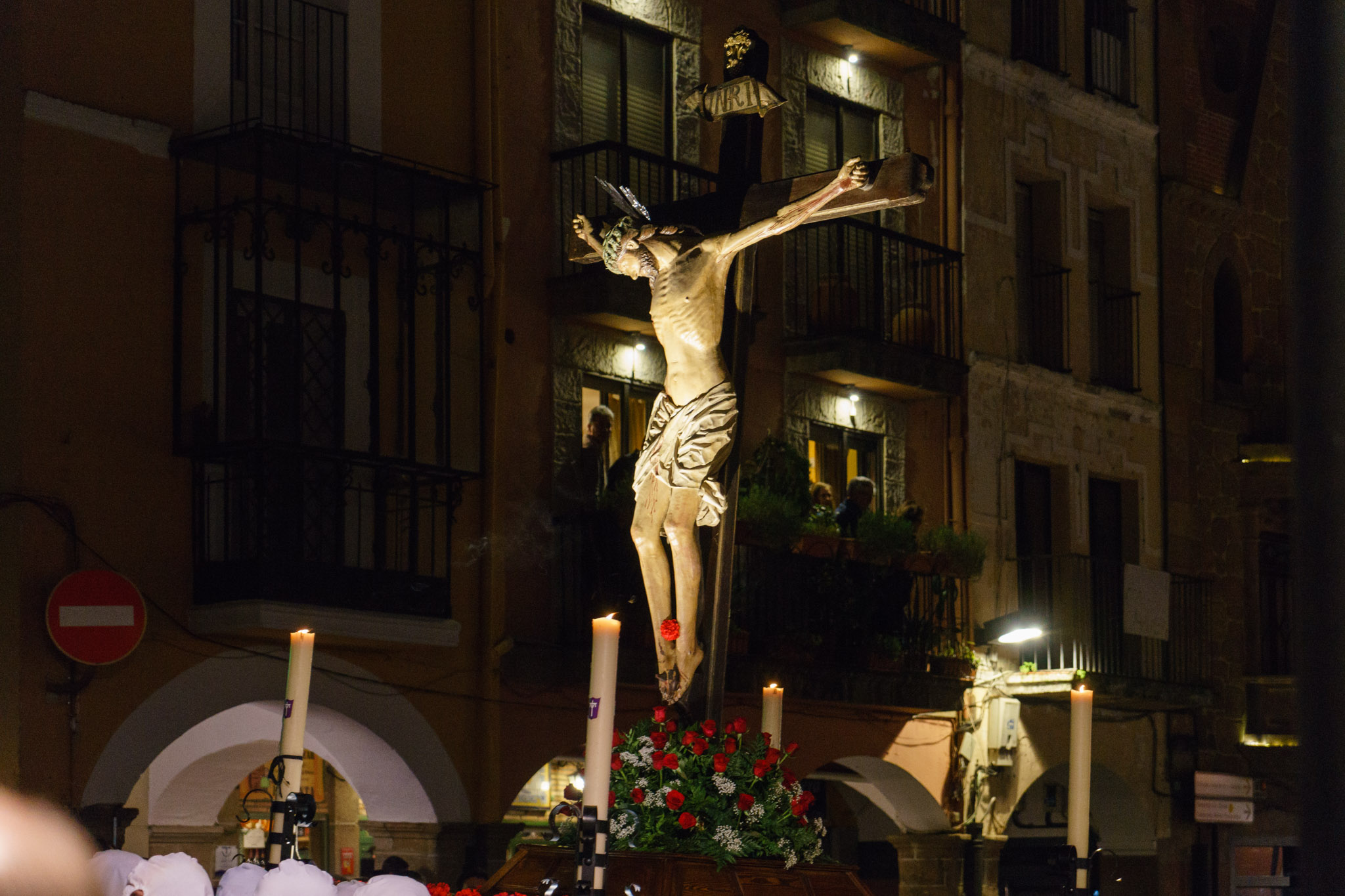
The reason we do this in my family is because one of the main pasos in Plasencia’s Holy Week — the crucifixion of Christ — was discovered by my great-grandfather in an abandoned mill in the very early 20th century. He personally paid for its restoration and then donated it to the newly established brotherhood, which has carried it out in procession every Good Friday since then.
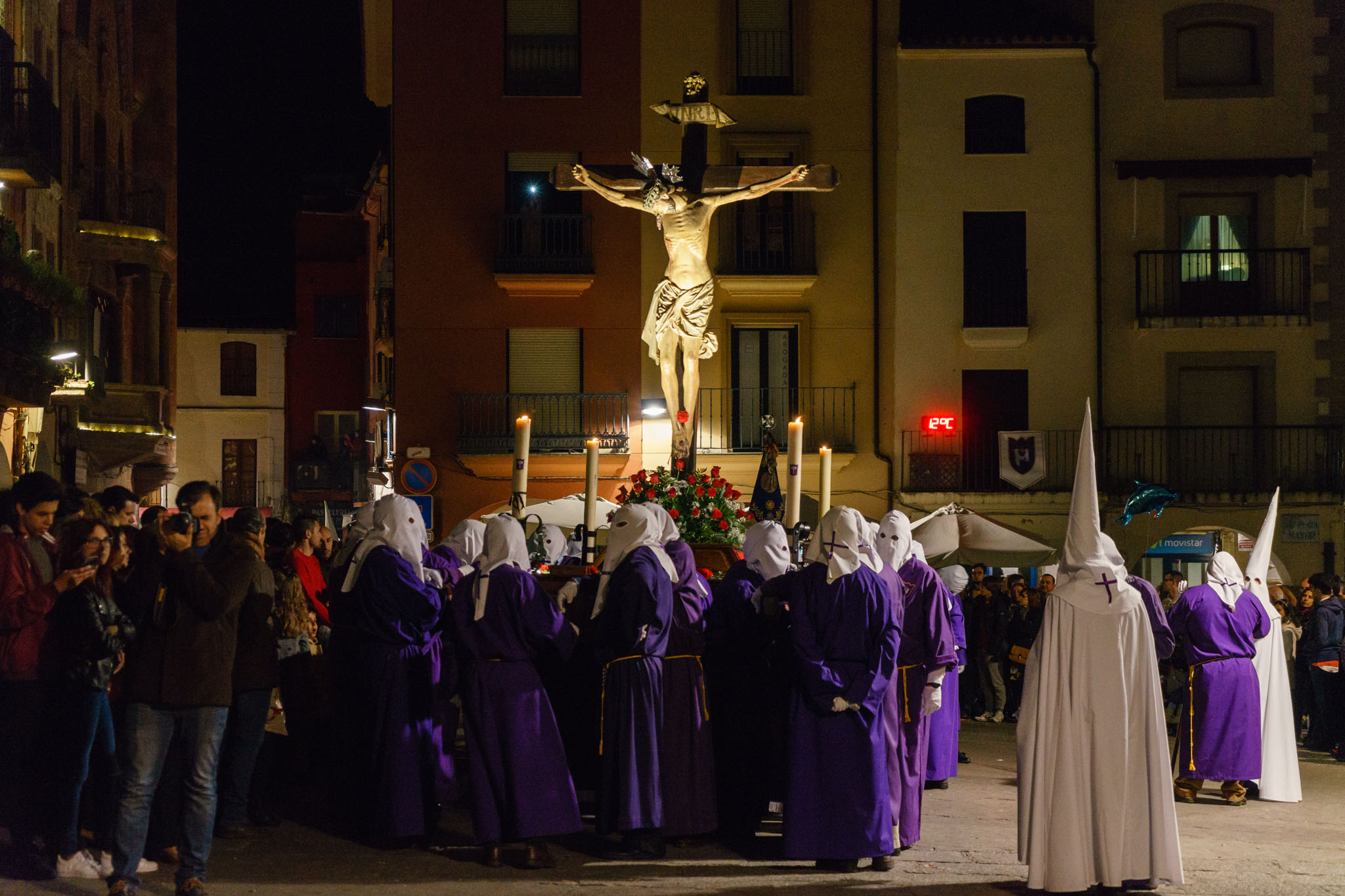
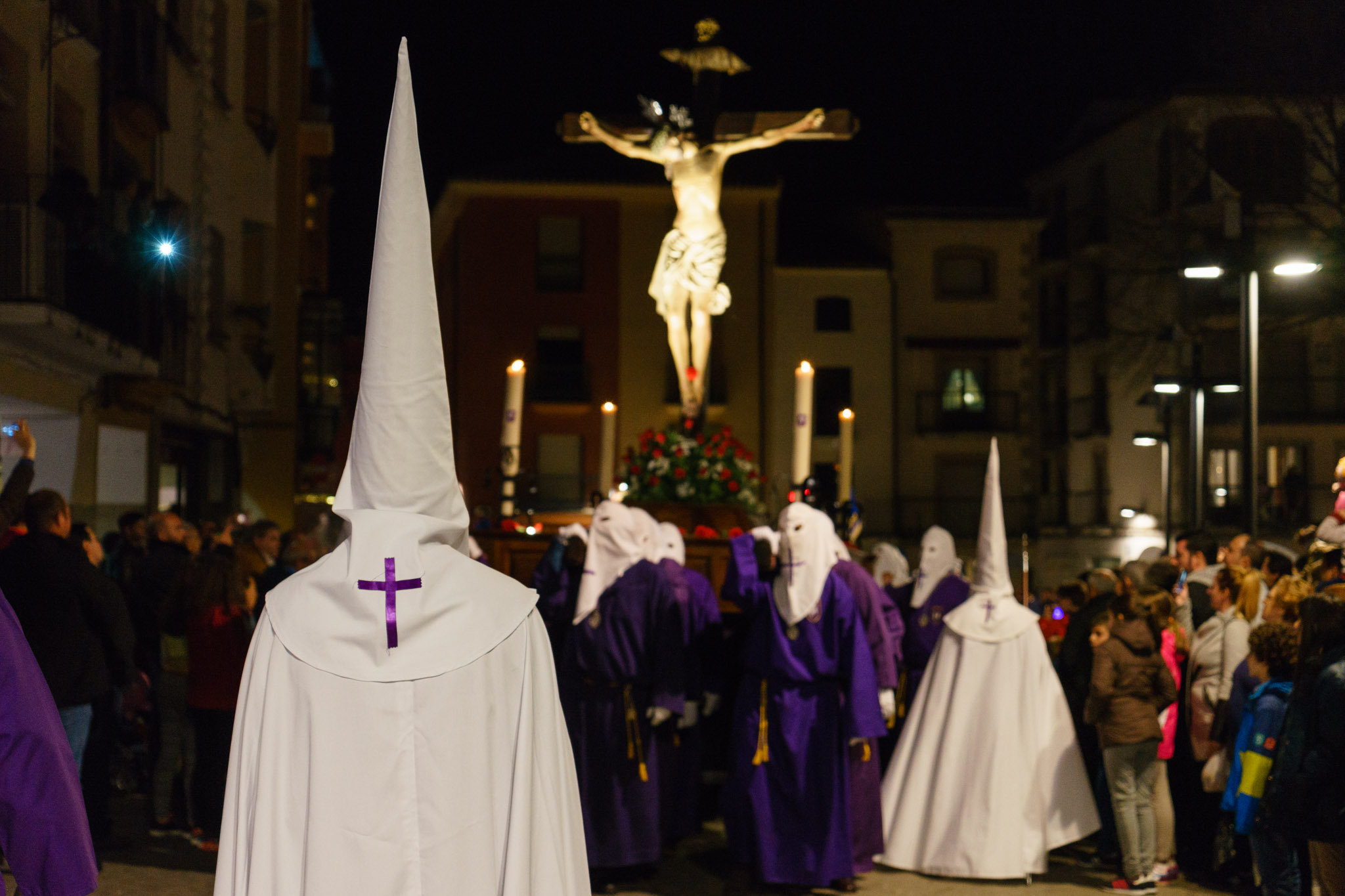
Neither my brother nor myself participate in the procession anymore — and haven’t for a few years — but my family has been involved with that image of Christ for five generations already, and there’s a good chance the tradition will live on for a few more at least.
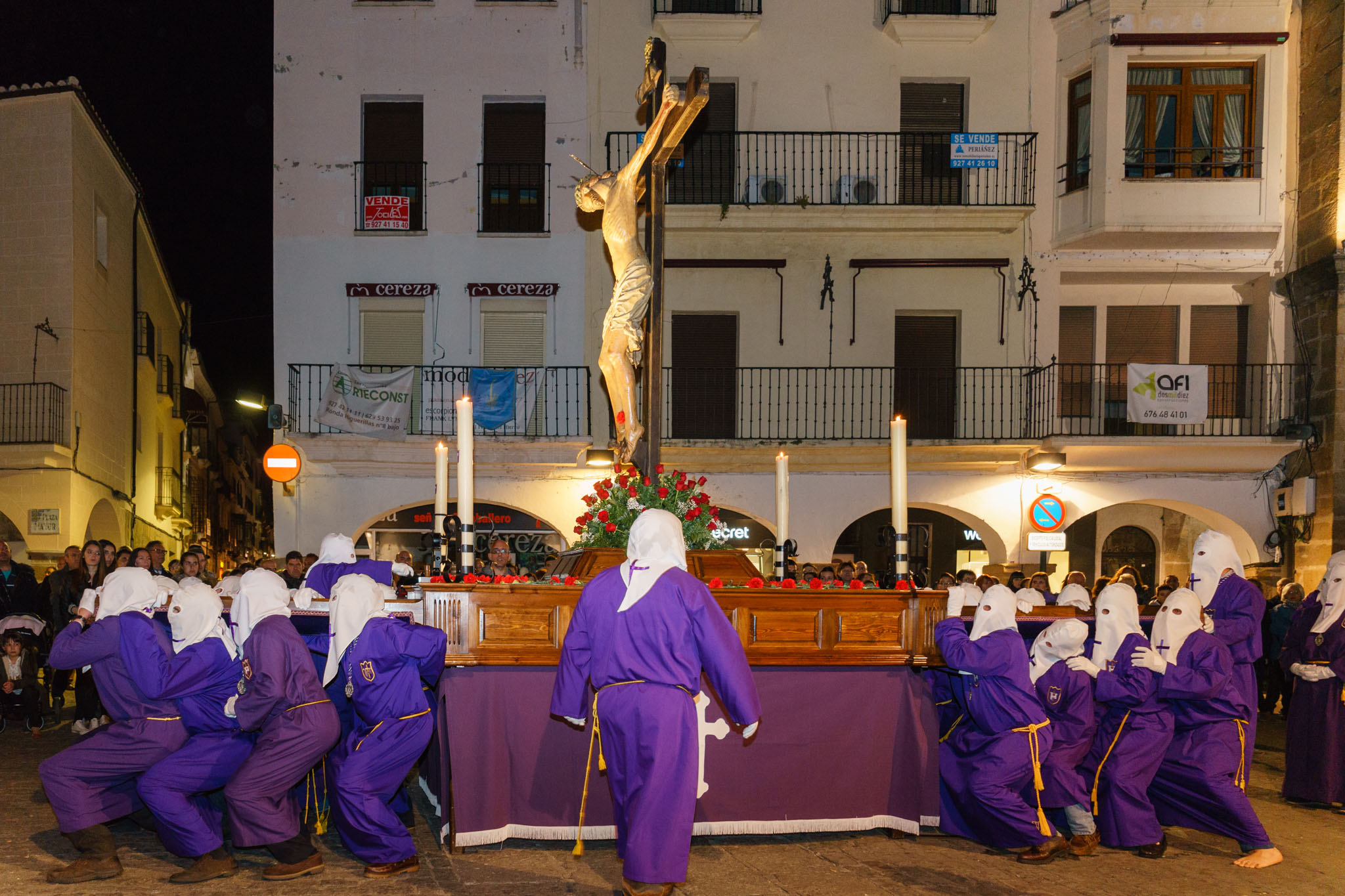
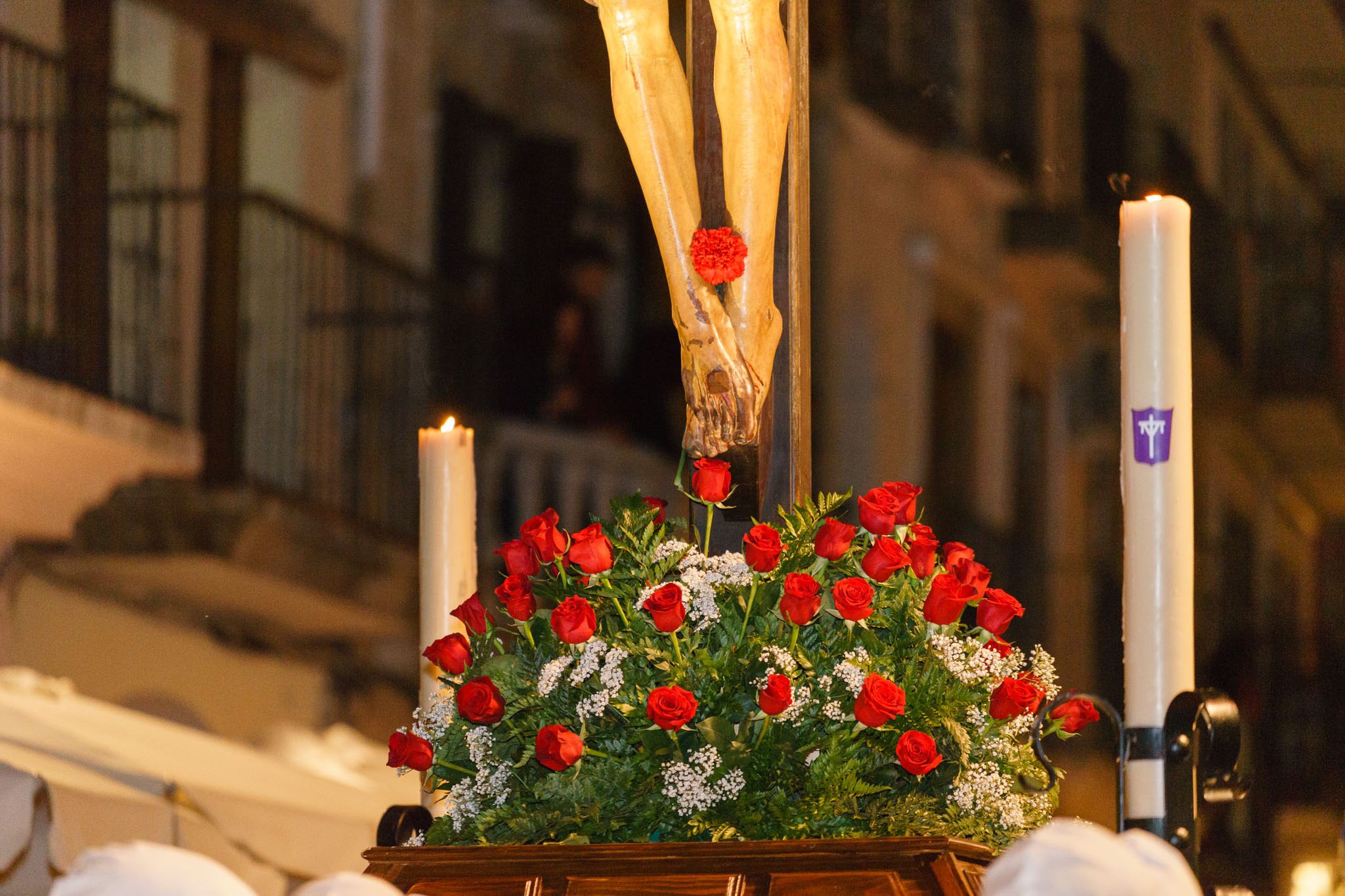
And that’s exactly the key to this particular mystery. For most young people, the Holy Week is a matter of tradition, not necessarily religion. It’s also a very important event culturally, historically and artistically, not to mention one of the most popular events of the year among tourists.
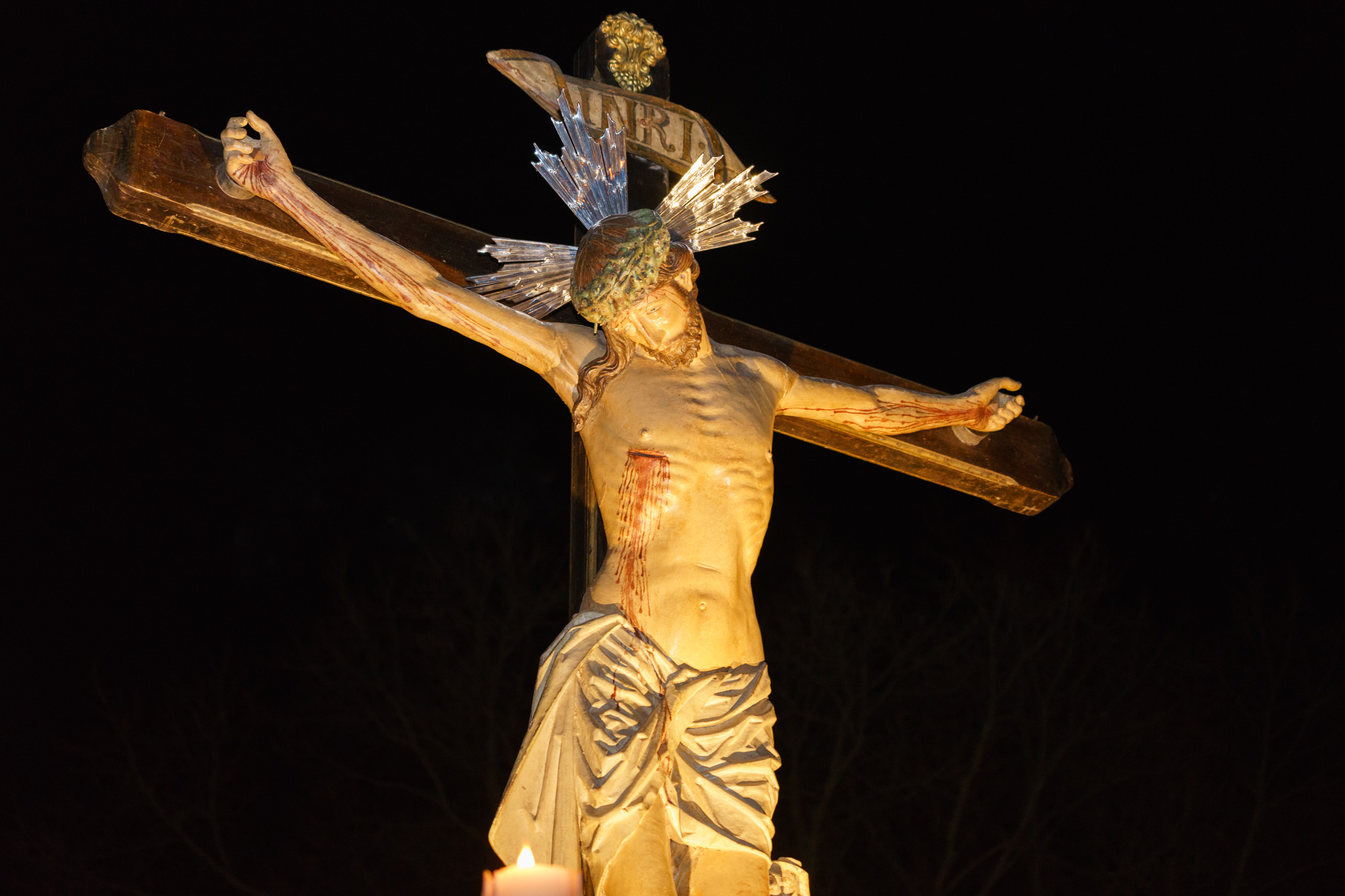
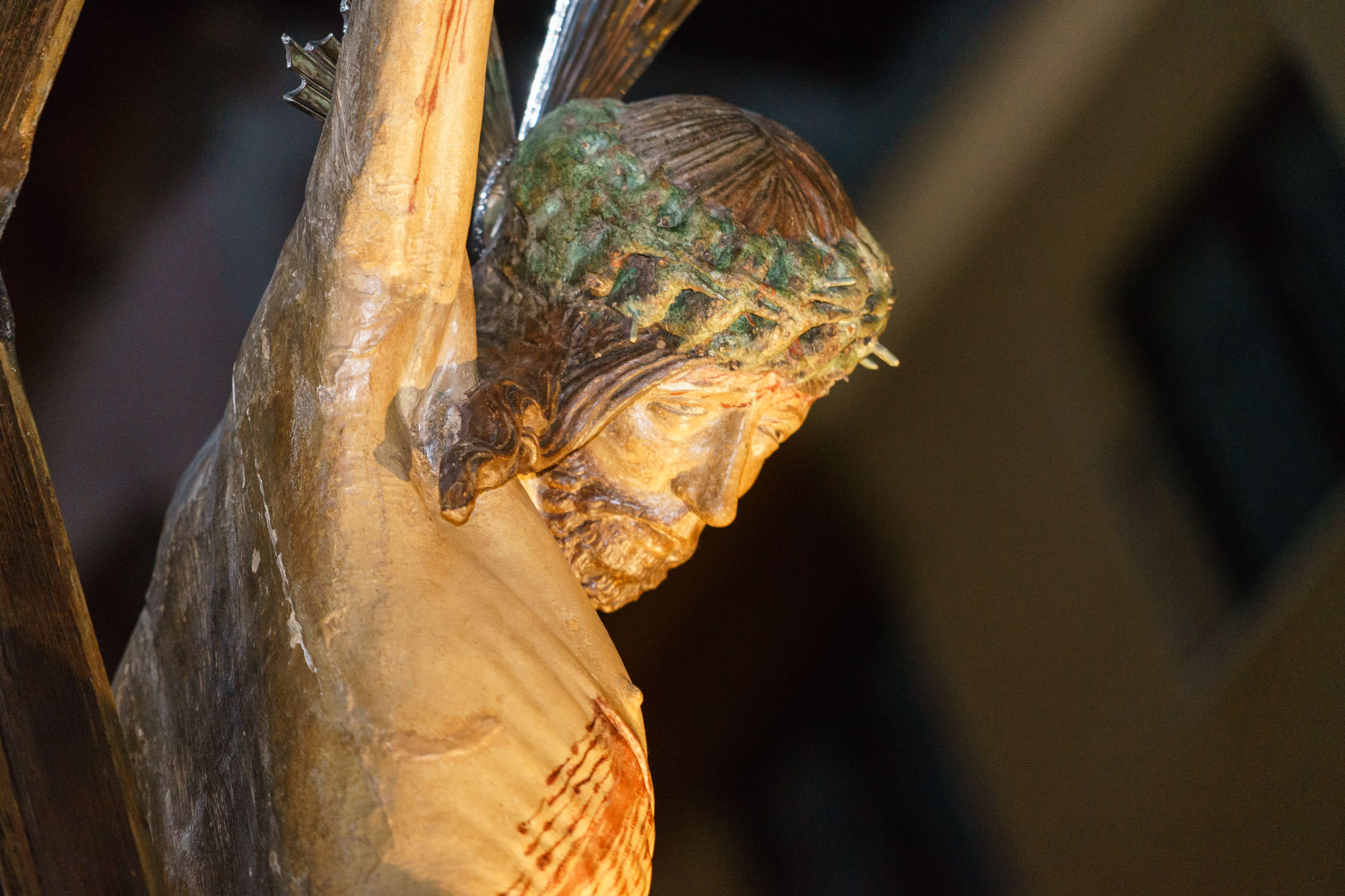
One thing appears clear: Spain’s Holy Week has a very distinct energy and an air of solemnity that is hard to ignore. Regardless of your particular religious beliefs — or lack thereof — there are plenty of reasons to be interested, or even fascinated by it.
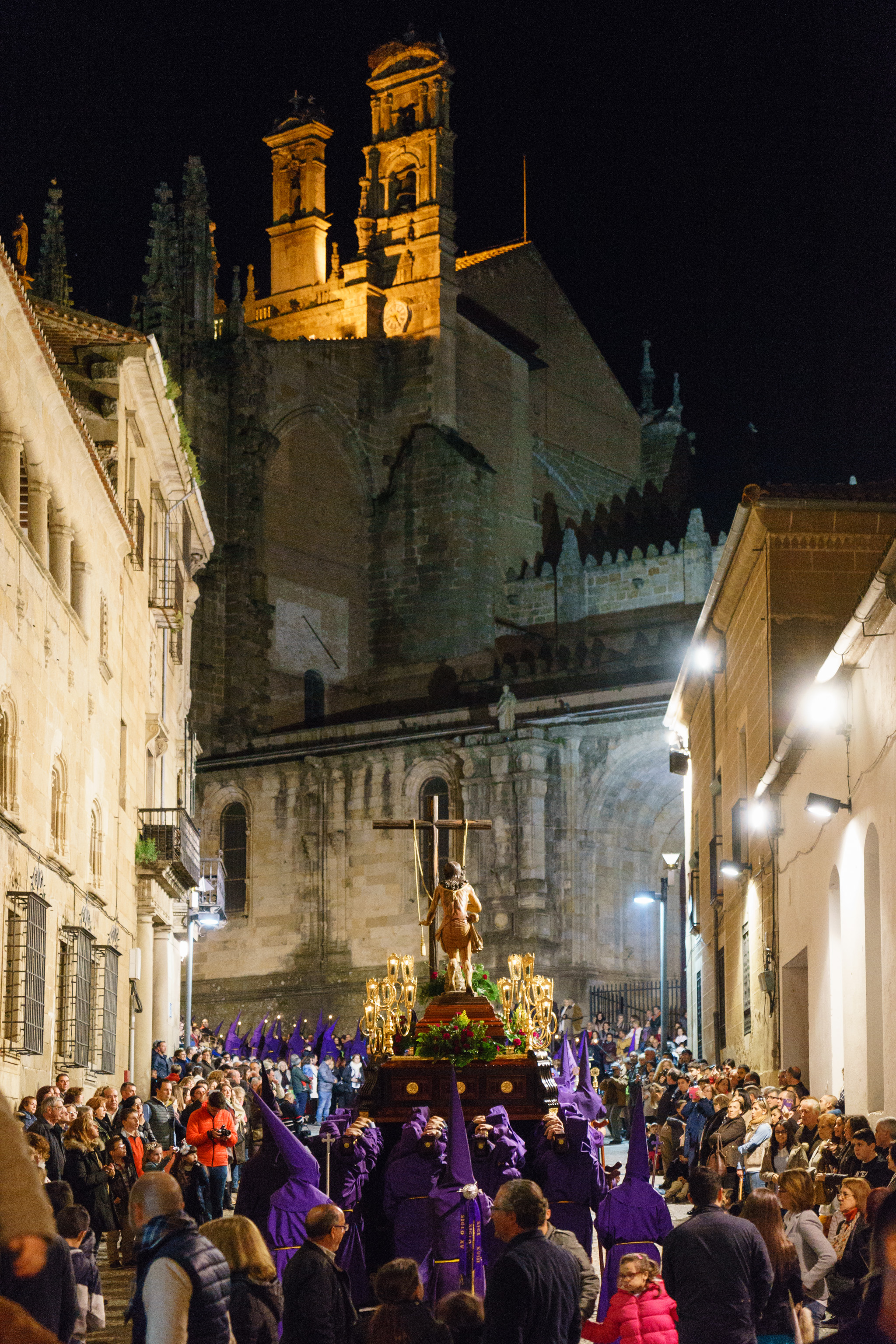
Now, let’s take a look at some of the week’s most interesting pieces of writing.
♢
Top Five: OS X turns 15, the Amazon Echo, caffeine in sports, changing careers in middle age, and the real power of metadata
This week’s top five pieces are all superb. Enjoy.
Mac OS X 10.0 | John Siracusa →
OS X turned 15 years old on March 24, and what better way to celebrate the milestone than by going back to John Siracusa’s review of Mac OS X’s first public release, codenamed Cheetah.
Reading this review in 2016 was lots of fun. John has certainly changed much in the way he writes about software over the past 15 years, but his unmatched attention to detail and his incredible passion for the technical underpinnings of the platform were already evident back then.
Via Stephen Hackett.
♤
Amazon Echo review | Drew Coffman →
My friend Drew Coffman penned an awesome review of the Amazon Echo on Tools & Toys a couple weeks ago. He eloquently dubbed the device “a glimpse of Tony Stark’s Jarvis”, which is pretty much all I needed to know to want one.
Sadly, the Echo is still not available for sale in Spain, so for me Siri will have to do for now. If you can get your hands on one, though, Drew’s review is a great place to start learning about Alexa’s many talents.
♧
How athletes strategically use caffeine | Murray Carpenter →
This piece is fascinating on several levels, but there’s one thing in particular I’d like to point out. According to the article, caffeine used to be on the International Olympic Committee’s banned substances list, but was removed from it in 2004 because it’s so ubiquitous that pretty much everyone takes it. Go figure.
Now we’re actively encouraging athletes and regular people to use it as a performance-enhancing drug because, hey, it’s legal. It really wouldn’t surprise me if it was put back on the banned substances list at some point in the near future, and what happens then? Do we go back and invalidate all the records of caffeine-using athletes? It’s a mess waiting to happen.
For the most part, I find the history of banned substances in sports to be a joke. The banned substances list should be nearly immutable, and adding or removing substances from it should be an incredibly rare occurrence.
Maria Sharapova’s recent ban for using meldonium, a drug she’d been legally taking for over a decade, is a perfect example of this. Another egregious case is that of Spanish cyclist Pedro Delgado, who won the 1988 edition of the Tour De France despite testing positive for probenecid, a masking agent for steroids. The problem back then was that, even though probenecid was on the IOC banned substances list, it wasn’t on the UCI’s own banned substances list, which is cycling’s governing body. The irony is that probenecid was added to the UCI banned substances list only one month after Delgado’s victory.
These episodes are incredibly frequent across all sports, and it’s a joke. Only by being consistent on which substances are banned can these cases be avoided. Unfortunately, governing bodies need to operate under the assumption that athletes will always try to take things as far as they can within the confines of the rules, which is why each change to the list can potentially destroy many a career and tarnish many a reputation.
Ultimately, though, it is an athlete’s responsibility to know what they put in their own bodies, and if they’re found to have broken the rules, they should be held accountable. In my opinion, Sharapova’s excuse — that she did not open an official letter informing her of the changes to the banned substances list — does not justify her actions, or limit her liability in any way.
♡
Quit your job | Barbara Bradley Hagerty →
Another great piece over at The Atlantic:
Some researchers believe that the midlife slump is driven by a sense of dashed expectations. According to Hannes Schwandt, an economist at the University of Zurich, as young people, we overestimate our future happiness, and so we feel disappointed as life goes on. But as we approach 60, we start underestimating our future happiness, and then are pleasantly surprised by reality. We also seem to don rose-colored glasses later in life: Brain studies suggest that as we age, we disregard negative images and focus on the positive.
In other words, you may be able to outwait your malaise. Indeed, the particulars of your job may be incidental to it.
Well worth your time.
♢
How your innocent smartphone passes almost your entire life to the secret service | Dimitri Tokmetzis →
What an eye opening — and scary — piece. Read this one through to the end.
♤
Afterword
After the past few difficult weeks, Semana Santa has been a refreshing change of pace, and a chance to spend some much-needed quality time with my friends and family. There’s lots of exciting work to do on the horizon, but at least until tonight, it’s still time for relaxation.
And if you’re driving back from the holidays today, please take enough precautions and make sure you’re well rested. CEST kicked in last night throughout most of Europe, and one hour less of sleep is something you can definitely feel when you’re on the road.
Be safe, happy holidays, and thank you for reading.
